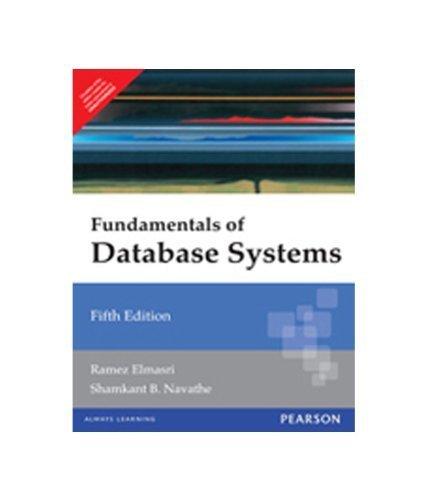Question
The following program example can be used to sum the array values of size N elements in parallel on a system containing N computing cores
The following program example can be used to sum the array values of size N elements in parallel on a system containing N computing cores (there is a separate processor for each array element):
for j = 1 to log2(N) {
for k = 1 to N { if ((k + 1) % pow(2,j) == 0) {
values[k] += values[k - pow(2,(j - 1))]
}
}
This has the effect of summing the elements in the array as a series of partial sums, as shown in Figure 1 below. After the code has executed, the sum of all elements in the array is stored in the last array location.
Are there any race conditions in the above code example? If so, identify where they occur and illustrate with an example. If not, demonstrate why this algorithm is free from race conditions
Step by Step Solution
There are 3 Steps involved in it
Step: 1

Get Instant Access to Expert-Tailored Solutions
See step-by-step solutions with expert insights and AI powered tools for academic success
Step: 2

Step: 3

Ace Your Homework with AI
Get the answers you need in no time with our AI-driven, step-by-step assistance
Get Started


